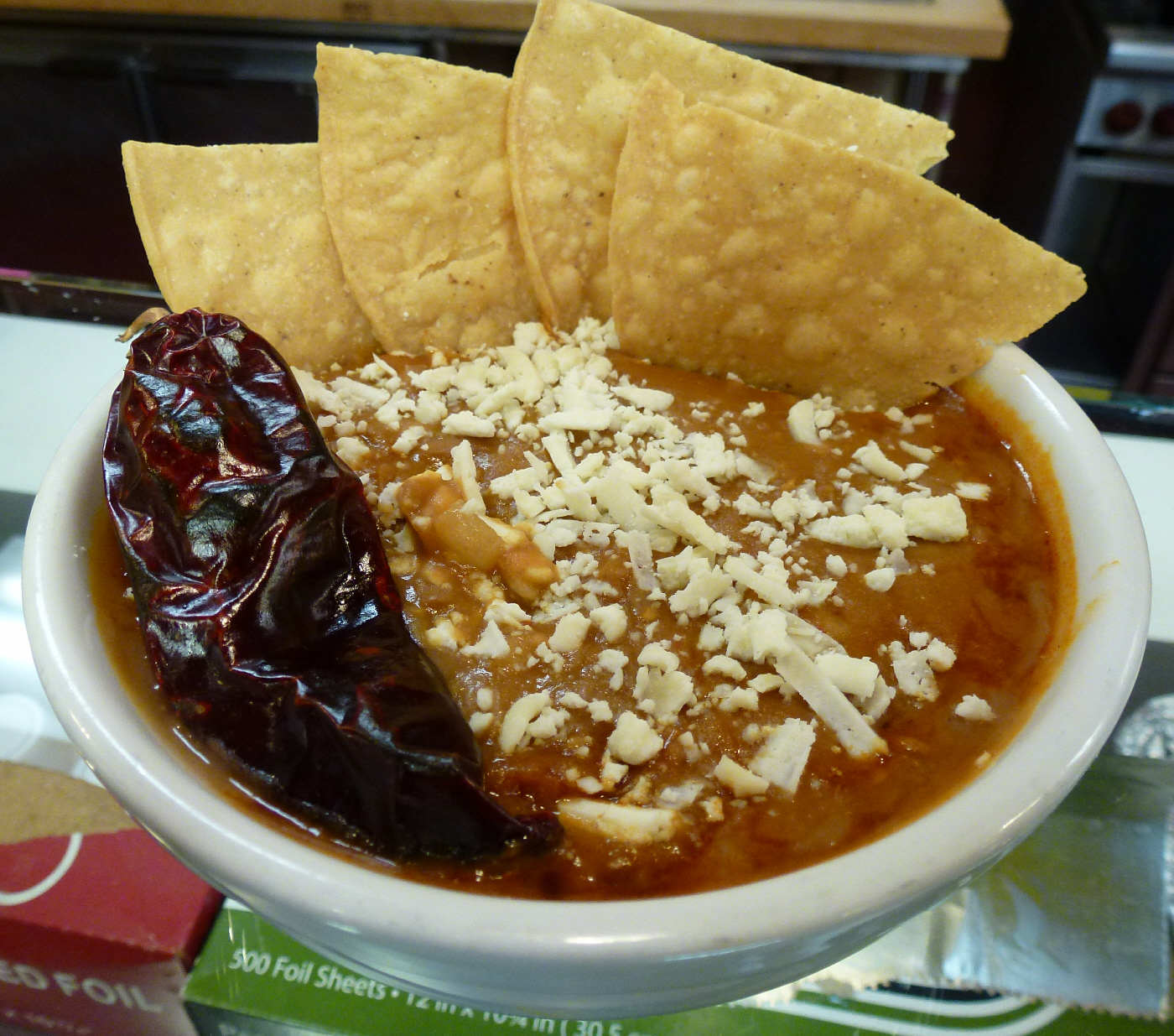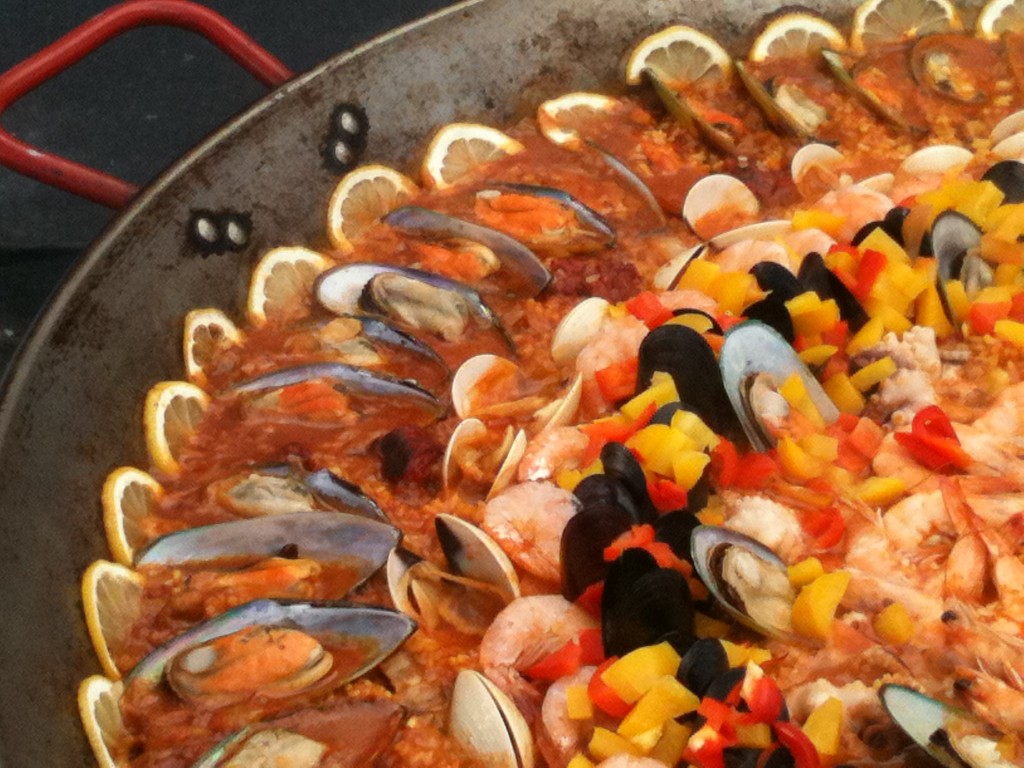
Checkout the video for additional tid bits on creating the perfect soccarat.
I have prepared hundreds of paellas and I can assure you that there is a way to achieve soccarat perfection. Soccarat is the slightly crusty flavor enhanced caramelized layer of crunchy rice that forms on the bottom of the paella pan. It’s open to debate but, my definition does not include any part of the dish being burnt or slightly burnt. A burnt uterly black crust does not equal soccarat. A black crust is devoid of flavor adds a bitter after taste and destroys all the delicate flavors you’ve worked so hard to incorporate into the paella.
My process for attaining La Soccarat starts from the moment you begin the paella and involves heat management all through the cooking process until the end. My method may run counter to what you’ve read on the web but, I guarantee that if you follow the procedure you will attain soccarat nirvana.
So let’s get started…
First thing, I start off with my oil and usually add a tablespoon or two more than I actually need to saute my onions and other ingredients. Since this is not a discussion on preparing a paella recipe, we’ll dispense with the other details.
Once your paella is fully assembled and all your ingredients are in and you’re at a rolling boil (usually at 220 degrees), it’s time to begin the heat management cycle. Look at the surface of your paella and you’ll notice a slight film of olive oil introduced early in the process. If you evaporate your stock too quickly, this thin film of olive oil will remain atop all the ingredients as the evaporation takes place.
What I’ve learned to do is reduce the heat about 25% after reaching a rolling boil, this slows down the evaporation of stock and gives the oil time to reach the bottom. As the surface of the paella begins to show signs of evaporation, I continue to monitor the heat and reduce ever so slightly. Heat management is very important at this point because the bottom of the paella will always be hotter than the surface. The surface may show lots of liquid but, the bottom of the pan can quickly dry out and burn the bottom layer of rice. Heat management allows for proper cooking and helps with generating a great soccarat.
Once all visible liquid is gone, I turn down the heat and keep an eye on the bottom surface by scratching with a fork. Doing this lets me know how dry the bottom surface is and serves as a hint to keep an open ear for the crackle.
At this point a slight crackle in the paella will become noticeable, the bottom of the pan is dry of liquid and a slight frying action is taking place between the rice and residual sugars and oil that has managed to reach the bottom of the pan. I typically maintain this crackling for about 4-6 minutes during which a uniform layer of crunchy golden brown rice will form at the bottom of the pan. By maintaining a low flame on the paella burner, the soccarat has time to build up over a longer time and lower temperature without burning. I’ve seen many articles that suggest cranking up the heat towards the end but, without prior planning doing so only aggravates an already burnt paella.
This process may take practice but once you’ve mastered it, you’ll be assured of creating a perfect soccarat every time you cook paella. Unlike cooking on an open fire, this method works for gas burners with a constant steady flame. Most paella burners are extremely susceptible to small breezes that can throw off your flame and consequently how your paella cooks. Good luck and let me know if this works for you.





